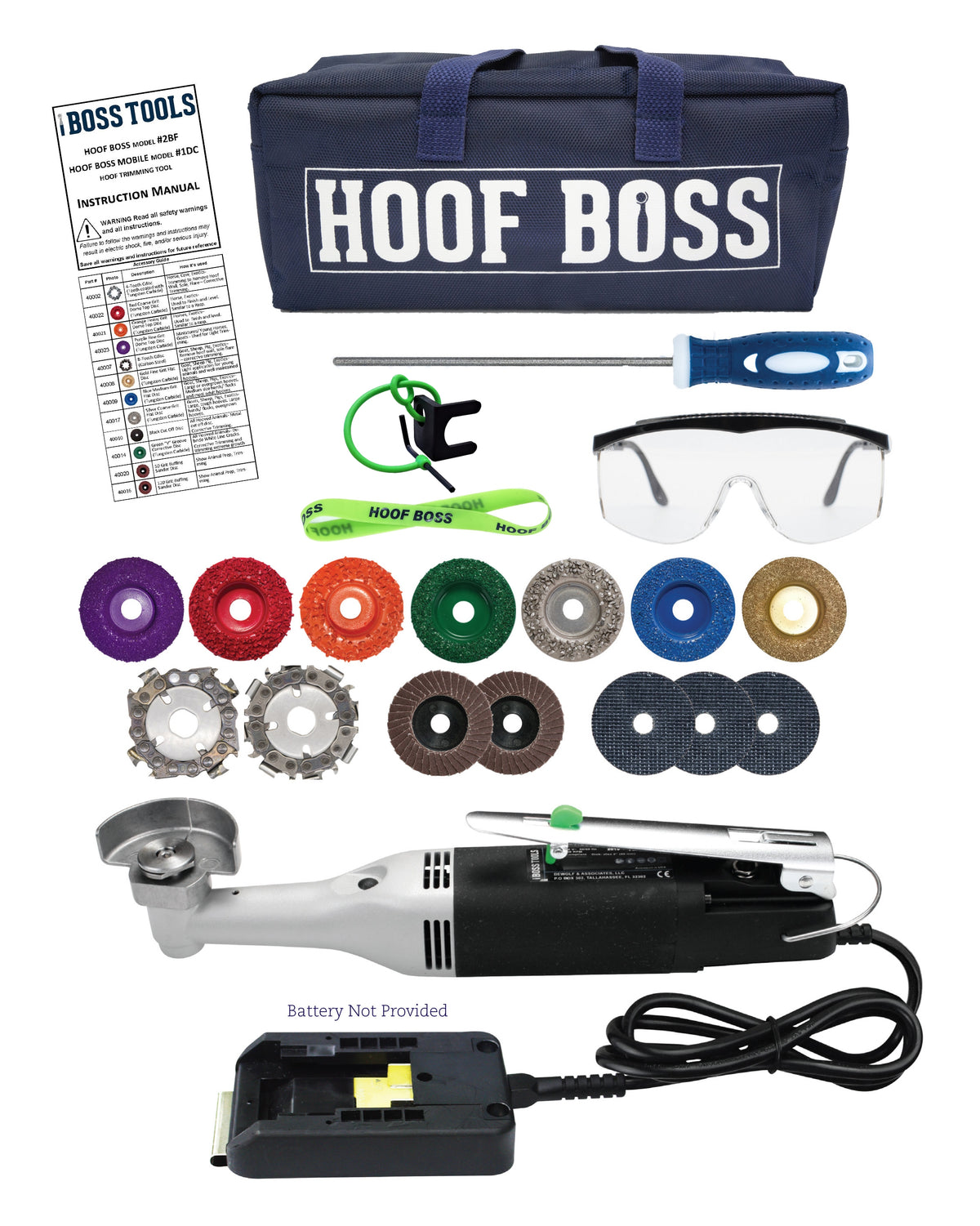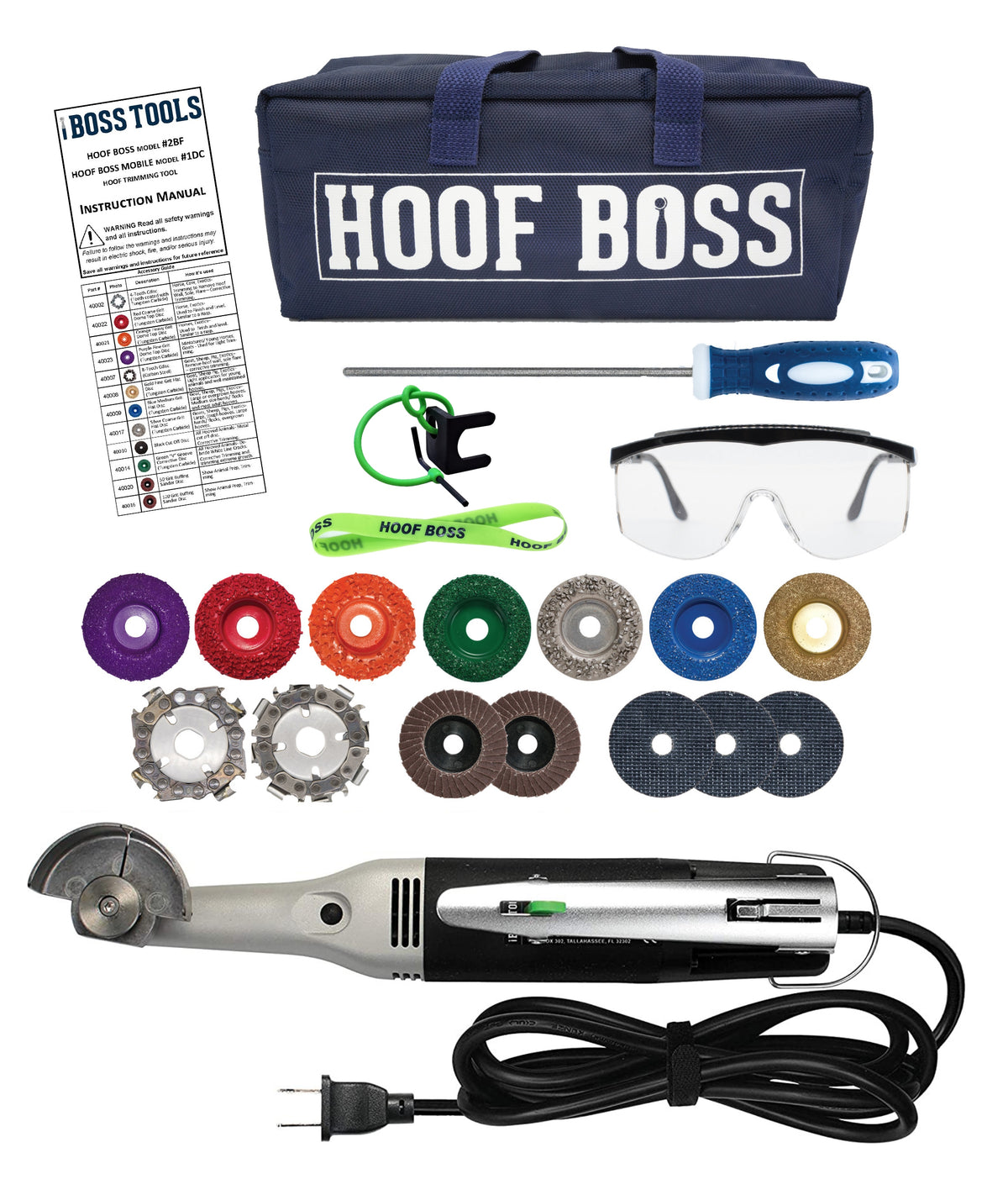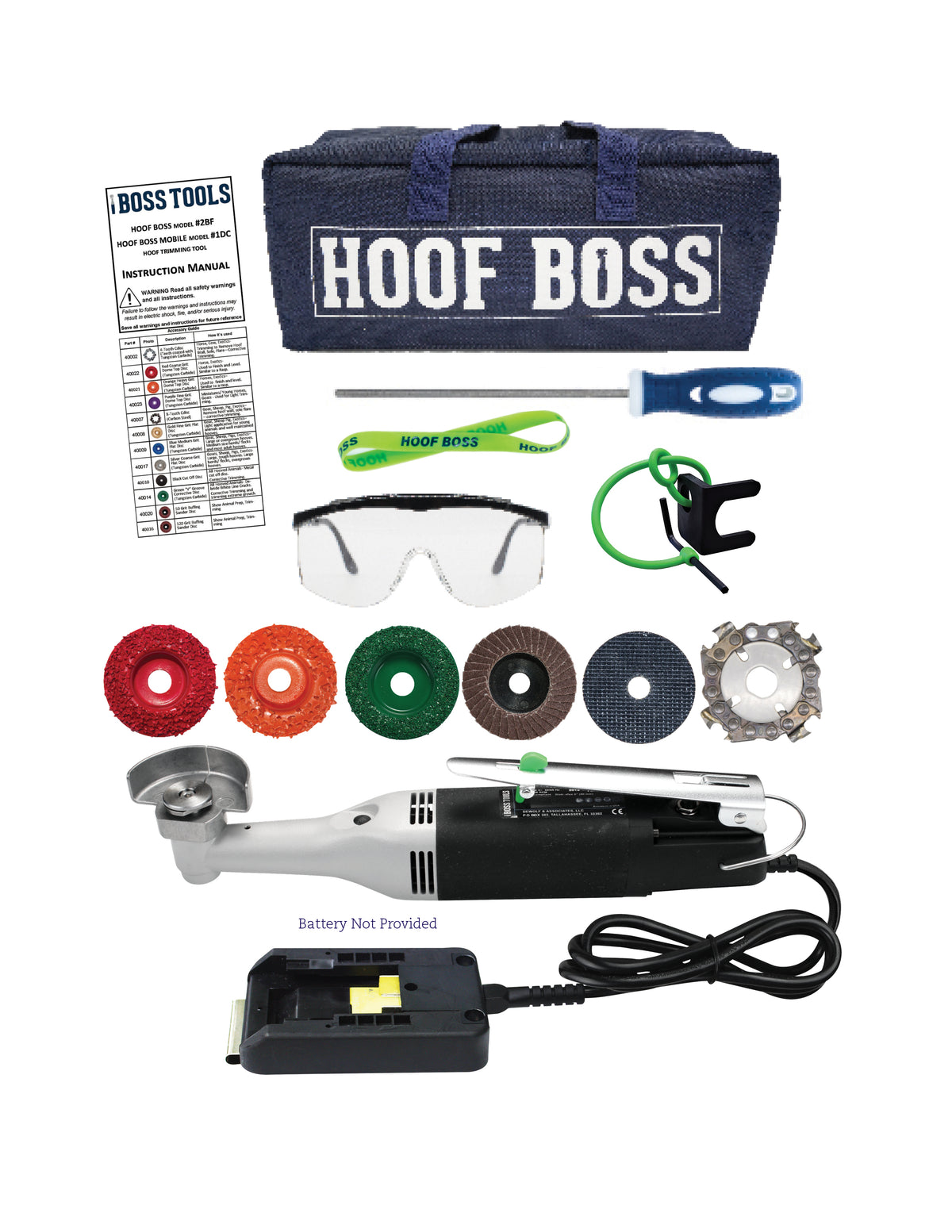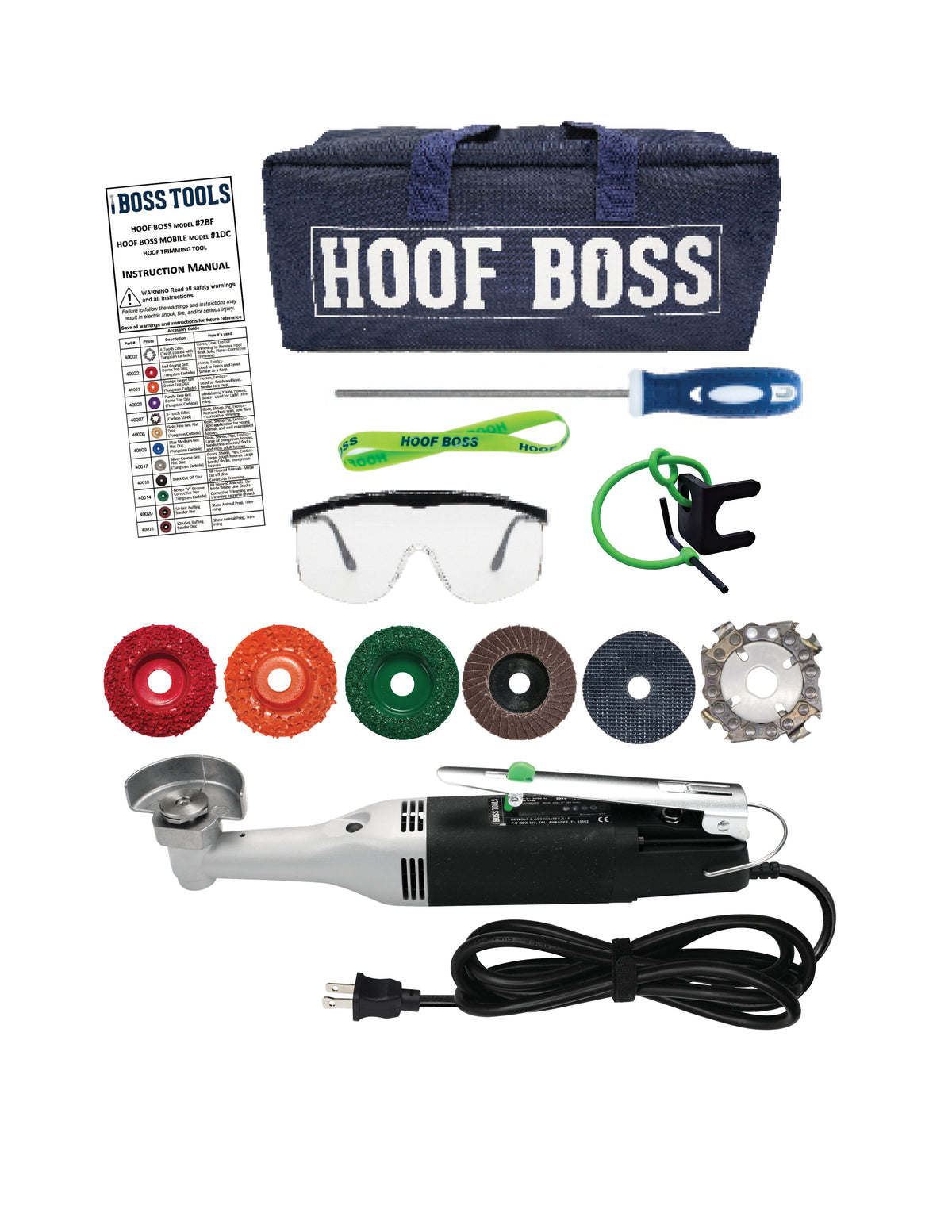Dewclaws can make or break your pig’s health if they are trimmed correctly or incorrectly. We consulted with some leaders in swine hoof care to give you the skinny on how to properly trim a pig’s dewclaws and the impact of hoof health on the swine industry.
“While treatment of long toes in pigs is effective, prevention is a more economical approach,” says Zachary Rambo, PhD., swine research nutritionist for Zinpro Corporation. Dr. Rambo’s article titled, “Prevent Lameness from Causing Sows to Walk Off Your Farm” on the National Hog Farmer website indicates that well maintained sow hooves impact the number of live births, thus increasing the productivity of farms. Dr. Rambo also suggests that correcting hoof health is a great step towards swine health, but even more important is maintaining swine hoof health on a regular basis.
Johnathan Goltz, The Mini Pig Farrier, educates swine owners on hoof health standards and trims swine hooves across the nation. Goltz recommends, “once you have the hooves trimmed and they are even with each other so that they come close together when the pig walks, you can trim the dewclaws. You want to trim the excess growth of the dewclaws so that the tops of them are even with the cuticle, or hair-line, of the toes.” Goltz regularly shares with pig owners that swine dewclaws are often used for stabilization. “The trick is to trim dewclaws to a length where they still maintain their purpose for additional stability by making the tips of them as flat as possible and keeping them at the correct length,” Goltz explains.
Still unsure of how short or long dewclaws should be? Once you are done trimming, palm test the hooves. Push the hoof onto the palm of your hand while the pig is upright. If the dewclaw touches the same time as the toes the dewclaw may be too long. The two toes should touch first and then, with some additional pressure, the dewclaw should make contact with your palm. Not the most technical of tests, but this pressure does simulate when the swine would be using the dewclaw for additional stability and should get you in the ballpark of the correct length of the dewclaws.
Take a look at your pig’s hooves, do they pass the palm test? If not, we hope this article was helpful in correcting dewclaw length with your pigs. Trimmed hooves increase your pigs’ locomotion scoring and also allows them to get water and feed more easily while increasing mobility. Dewclaw maintenance is a practical and profitable practice no matter how many pigs you own. Until pigs fly, we pig owners will have to keep trimming those dewclaws and toes.




